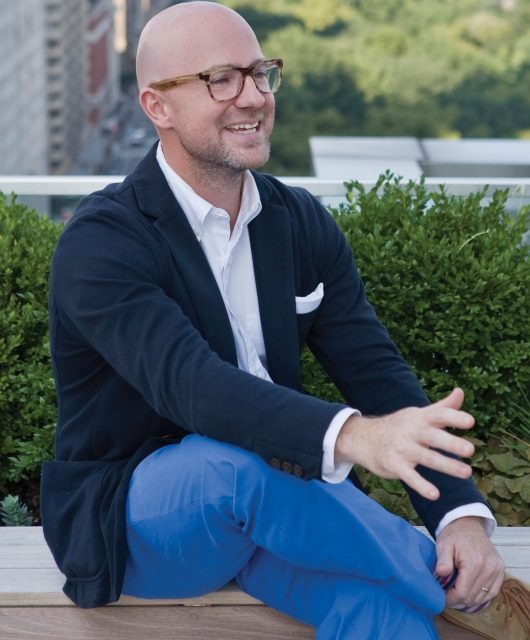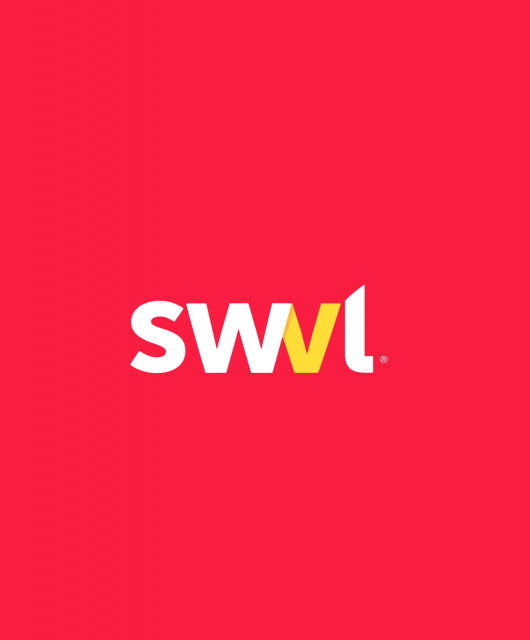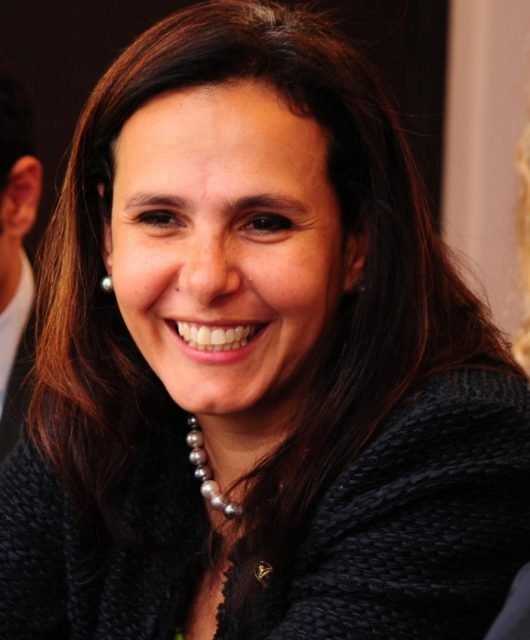The Business Value of Design: Q&A With CSA’s Leslie Smolan
Design professionals sometimes find it challenging to assess the business worth of what they do and the ROI of their projects on the direct business needs of their clients. But what are the metrics that both designers and clients can rely on when critically evaluating cutting-edge design projects. The Brandberries has exclusively interviewed Leslie Smolan , Founding Partner of Carbone Smolan Agency, on how to leverage design to unlock greater business potential.
BB: A question that is as old as the industry. In a nutshell, what is the value of design for businesses?

LS: Design is the language that allows a business to connect with its audiences beyond a simple transaction. It speaks to people in a manner that verbal communication simply cannot. It is more nuanced, more emotive, and more influential than words. Good design translates a corporate entity into something that humans can relate to and interact with; it shows who you are, what you value, and what you invest in. A company with an underdeveloped design function is like a person with a limited vocabulary — you’re not only more likely to be misunderstood, you’re often left out of the conversation entirely.
BB: From CSA’s brand book, what are the key metrics that can help brands assess the effectiveness of a design project in terms of tangible business results?
LS: We see every design engagement as serving a specific business need, and ideally we are addressing a challenge that we believe can only be solved with design. Of course, the nature of the challenge varies depending on each company’s circumstances. This is why we start every project with a strategic alignment and discovery phase: to identify the business objectives, and set the performance criteria for the design. When executed against a business strategy, the success metrics for an effective design solution become self-evident. It may be an increased hiring yield through a revitalized recruiting campaign. It may be more inbound leads through improved site layout and navigation. Or it may be a lift in consumer attitude and awareness relative to the competition, achieved through a more premium positioning and identity.
BB: Two of the terms that design people get frequently confused between are “human-centered design” and “user experience design”. What are the fundamental differences between them?
LS: Human-centered design has by now thoroughly replaced the last century’s orientation around product-centered design, or engineering-centered design. Rather than starting with “what can we make” or “how will it help our business”, it means asking “who will this benefit” and “how can we better serve them”, along every step of the creative process. The frontline of this approach starts with bringing our own humanity and personalities into our work as designers — constantly asking ourselves and one another, “Would I engage with this?”, “Would I post it to my feed?”, “Would I put it up on my wall?”
User experience design takes this same thinking and extends it across the entire temporal experience of a product or service. Rather than focusing on an isolated visual impression at a moment in time, UX asks us to consider how a user moves through a digital or a physical experience. What are the desired actions at each juncture, and what is the best pathway to meet those needs? Ultimately it’s about anticipating how your work will live in the world and be used by real people.
BB: Can you cite examples from global brands where design was able to effectively address business problems?
LS: A thoughtful and comprehensive design system becomes increasingly crucial as companies grow and expand, particularly at the global and corporate levels. One of our clients, Boston Consulting Group, faced a challenge arising from the rapid expansion of their global footprint, and the proliferation of service offerings that ensued. It’s a highly entrepreneurial organization, but the surfeit of products and divisions and sub-brands was confusing their buyers and muddying their overall offering. For BCG, a clear brand architecture and identity system with defined rules for nomenclature and logo usage was the necessary fix to bring order and comprehensibility to their growing business.
Just as there are cases where design is needed to unify a company’s expansion, it can also be a tool to create separation and distinction within a growing company. Coach Inc. came to us with a vision to become a global house of brands, but their corporate identity was constraining their acquisition strategy due to its obvious ties to their flagship Coach brand. The new identity we gave them, Tapestry, serves as a broader, more flexible container that allows their sub-brands to co-exist in their own right, while granting the corporate brand the freedom to continue growing the house with further acquisitions.
BB: One of the key determinants of the business value of design is decisions. There are business-led decisions and design-led decisions. Design thinkers have always found it challenging to define the parameters of each. Please comment.
LS: The key to any successful agency relationship is understanding that the client has business considerations that are sometimes larger than design. Elevating the role that design plays within an organization means accommodating this reality, rather than trying to compete against it. Our job as consultants is to lay out the design case as forcefully and beautifully as we can, and to align it with a strong business case, so that our design decisions naturally flow into our clients’ business decisions. If the two sides are adversely opposed, it means we have more work to do in identifying the ultimate business value of our design solution.





